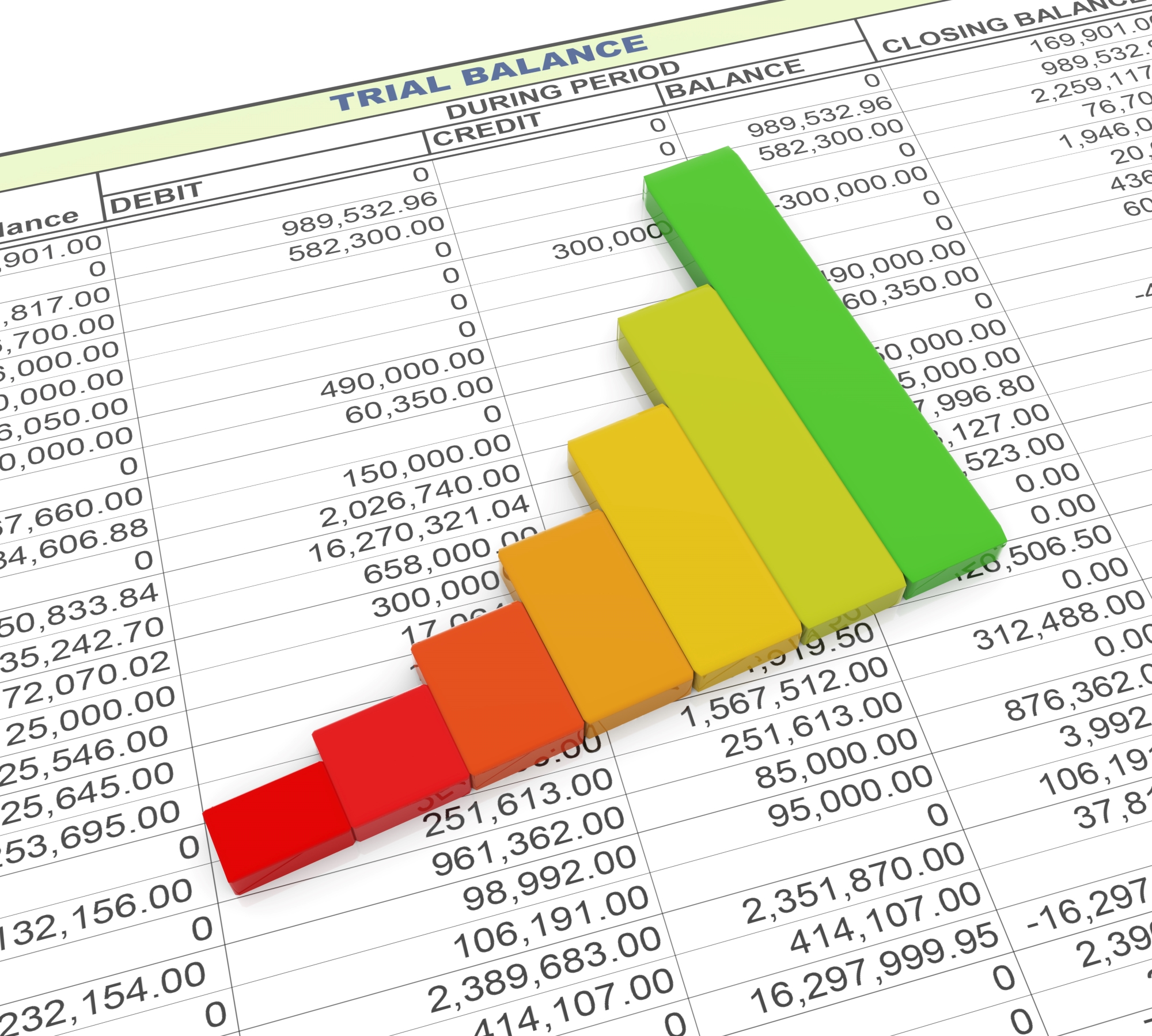
How to Create a Chart of Accounts For Your Small Business
Achart of accounts is one of the most important accounting tools for your small business. Your business’s accounting and finance framework relies heavily on this. That’s why it is important to get it right from the beginning. It helps organize your company’s financial data, which makes recording and reporting easier.
When you sign up on any accounting software, you will notice a couple of queries regarding your business industry. The software will automatically populate accounts that are relevant to your business, depending on the industry. For instance, if you are just offering services, you will not require accounts that deal with inventory.
But that should not be the end. You should customize your chart of accounts further to suit your business model. For instance, if you have different review streams, you would create an account for each revenue stream, allowing you to pull out reports from each account and know how much each stream brought on its own at any particular moment. Do not forget to number every account, especially when using a computerized system, and keep the numbering consistent.
Pro tip: when setting your chart of accounts, try to think ahead. The dream is to see your business grow, and the chart of accounts needs to be set in a way that accommodates that growth. Yes, you can add accounts as your business grows, but try to think of the accounts you will need along the way and add them too.
Learn more in a related post: The Best online accounting software for SMEs
How to Create a Chart of Accounts For Your Small Business
Start With the Parent Accounts
There are 5 main categories for the chart of accounts, which form the balance sheet and the income statement. These are:
- Assets – to keep track of anything your business owns. The category mostly starts with 1000 for computerized systems, and you can sequence the rest of the asset accounts as 1010. 1020, 1030, etc.
- Liabilities – to track what your business owes, both current and long term liabilities. The number of liability accounts starts from 2000 to 2999
- Owner’s Equity – for tracking your stake or investment in the business, ownership of other investors, and the retained earnings when you plow back profits into the business. The numbering for this starts from 3000 to 3999.
- Revenue – starting from 4000 to 4999. It captures money coming into the business through sale products or your services offered and other income-related activities.
- Expenses – captures the costs you incur in the course of running the business. Expense accounts run from 5000 to 5999. I’d recommend looking at the list of expenses in the KRA sheet and add other expenses specific to your business. This makes it easier for you and your accountant when filing taxes.
Customize Business Accounts into Sub-Accounts
With the parent accounts up, the next step will be to customize business accounts in line with the business you are running, adding them as sub-categories for the parent accounts.
For example, revenue from services offered or products sold would be sitting under the Revenue parent account, and any assets account, like cash, accounts receivable, and computers, would all nest under the assets parent account.
Below are some of the basic sub-accounts to create:
Under Assets
Current Assets
- Cash – in current and savings accounts
- Accounts Receivable
- Inventory
- Prepayments
Fixed Assets
- Properties
- Equipment
- Machinery
- Furnitures & Fixtures
Under Liabilities
Current Liabilities
- Accounts Payable
- Taxes payable
- Accrued expenses – like interest
Non-Current Liabilities
- Loan payable – create a different account for each loan for easy tracking of each loan
- Notes payable
Under Owner’s Equity Account
- Capital
- Retained earnings
- Drawings
Under Revenue
- Sales income
- Sales discounts
- Sales returns
- Service revenue
- Rental income
- Interest income
Under Expense
- Cost of goods sold
- Salaries & wages
- Marketing & advertising expenses
- Bank fees & charges
- Interest expenses
- Rental expenses
- Depreciation expense
Dealing with business accounting and finance matters might not be your forte, but a chart of accounts is a must-have. On the flip side, some professionals are conversant with accounting software and can customize your chart of accounts to meet your business needs. This way, you can pull reports and track the performance of every aspect of your business. And remember to always keep your accounting books up to date. Or hire a bookkeeper to ensure you are always on top of your business finances.
Related post: Cash Flow Management for Small Businesses






